Ammonium Ceric Nitrate 99%
₹0.00 – ₹11,775.00
Ammonium ceric nitrate (ACN) is a powerful oxidizing agent, appearing as orange-red crystals, and is highly soluble in water. It’s widely used in organic synthesis and analytical chemistry for its strong oxidizing capabilities.
Ammonium ceric nitrate (ACN), also known as ceric ammonium nitrate or diammonium hexanitratocerate(IV), is a powerful oxidizing agent with a wide range of applications in chemistry. Here's a detailed description:
Chemical Properties:
- Chemical Formula: (NH₄)₂Ce(NO₃)₆
- Appearance: Orange-red crystals or powder.
- Oxidation State: Cerium is in the +4 oxidation state, making it a strong oxidizing agent.
- Solubility: Highly soluble in water and some polar organic solvents.
- Decomposition: Decomposes upon heating, releasing nitrogen oxides.
- Reactivity:
- It is a strong one-electron oxidizing agent.
- It reacts with organic compounds, often causing oxidation of alcohols to aldehydes or ketones, and also cleaves alpha-hydroxy ketones.
- It is sensitive to moisture and should be stored in a dry environment.
Applications:
- Organic Synthesis:
- ACN is extensively used in organic chemistry for various oxidation reactions.
- It is used for the oxidative cleavage of alpha-hydroxy ketones and alpha-ketols.
- It is used to oxidize alcohols to aldehydes or ketones.
- It is employed in the synthesis of quinones.
- It is used to cleave certain protecting groups.
- Analytical Chemistry:
- It is used in redox titrations.
- It is used as a reagent in qualitative and quantitative analysis.
- Photography:
- It has been used in photographic processes.
- Etching:
- It can be used for etching certain metals.
- Other Applications:
- It is used in the production of other cerium compounds.
- It can be used as a catalyst.
Safety Considerations:
- Strong Oxidizer: ACN is a powerful oxidizing agent and can react violently with reducing agents.
- Irritant: It can irritate the skin, eyes, and respiratory tract.
- Toxic: It is toxic if ingested.
- Handling:
- Handle with care in a well-ventilated area.
- Wear appropriate personal protective equipment, including gloves, eye protection, and respiratory protection.
- Store in a cool, dry place away from incompatible materials.
- Environmental Hazards: Cerium compounds can be harmful to the environment.
Key Characteristics:
- Its strong oxidizing power is its most significant characteristic.
- Its solubility in water makes it convenient for many applications.
- Its reactivity with organic compounds makes it a valuable reagent in organic synthesis.
In summary, ammonium ceric nitrate is a versatile chemical with significant applications, but it must be handled with care due to its strong oxidizing properties and potential hazards.
Additional information
| Weight | N/A |
|---|---|
| CAS number | 16774-21-3 |
| Chemical formula | (NH₄)₂Ce(NO₃)₆ |
| Molar mass | 548.23 g/mol |
| Physical state | Orange-red crystals or powder |
| Odor | Slight characteristic odor. |
| Melting point | 107 to 108 °C (225 to 226 °F) |
| Boiling point | Decomposes before boiling. |
| Density | Approximately 1.1 g/cm³ |
| Solubility in water | It is highly soluble in water. |
| Flash point: | NA |
| Autoignition temperature | NA |
| Dye Content | NA |
| Vapor pressure | Due to it being a solid, the vapor pressure is low. |
| UN number | UN 1477 (Oxidizing solid, n.o.s.) |
| Flammability | ACN is classified as an oxidizing agent, not flammable. |
| Carcinogenicity | NA |
| Grade | CP |
| Size | 500 GM, 5 KGS, 25 KGS |
Only logged in customers who have purchased this product may leave a review.

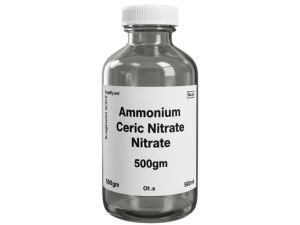


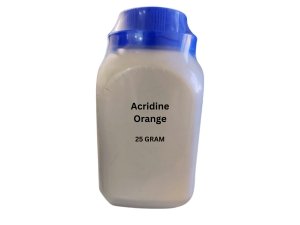
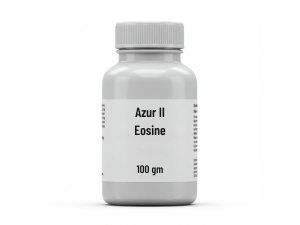
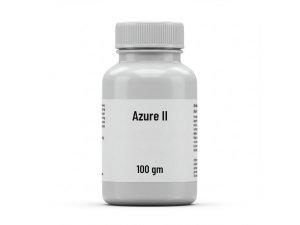
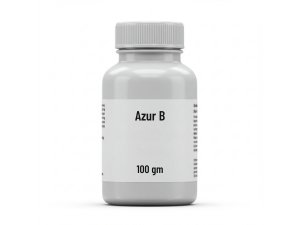
Reviews
There are no reviews yet.